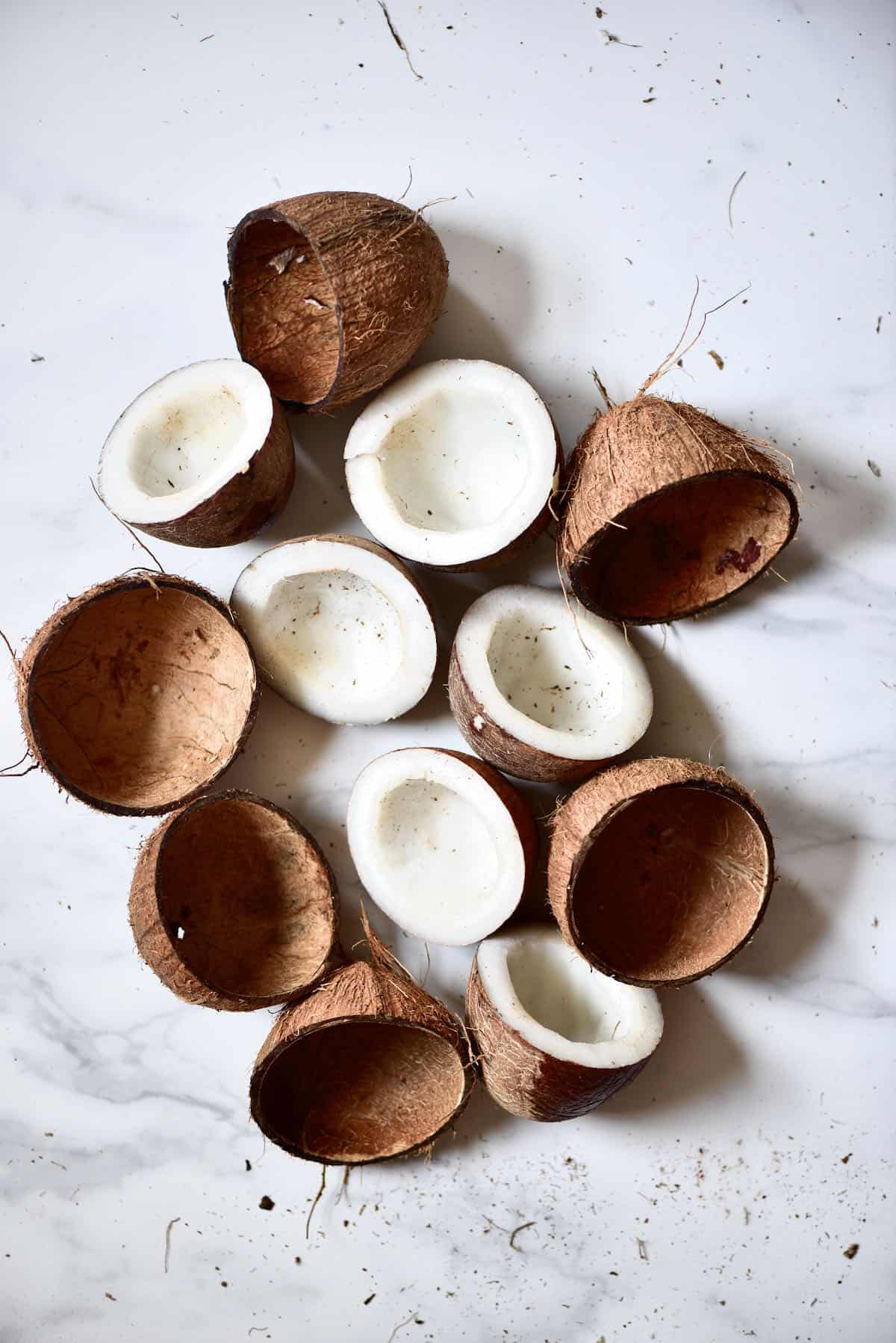

Articles
How To Store Coconut After Opening
Modified: February 24, 2024
Discover the best way to store coconut after opening with these helpful articles. Find out how to keep your coconut fresh and tasty for longer.
(Many of the links in this article redirect to a specific reviewed product. Your purchase of these products through affiliate links helps to generate commission for Storables.com, at no extra cost. Learn more)
Introduction
Coconuts are a versatile and delicious fruit that is enjoyed by many around the world. Whether you’re using the coconut meat in recipes or indulging in the refreshing coconut water, it’s important to know how to properly store a coconut after opening to maintain its freshness and quality.
Proper storage methods can help prevent the coconut meat from spoiling and keep the coconut water tasting its best. In this article, we will guide you through the steps to store a coconut after opening, whether you plan to refrigerate or freeze it.
By following these simple storage tips, you can make the most out of your opened coconut and enjoy its tropical flavors for an extended period. So let’s dive in and explore the best ways to store and preserve your coconut.
Key Takeaways:
- Preserve coconut meat by rinsing, draining, and storing in an airtight container. Choose between refrigerating for 3-5 days or freezing for up to 6 months to maintain its tropical flavors and versatility.
- Extend the shelf life of opened coconut water by transferring, refrigerating for 2-3 days, or freezing for several months. Enjoy the refreshing taste in beverages or recipes, maximizing the use of this tropical delight.
Read more: How To Store Coconut Oil After Opening
Step 1: Remove the coconut meat
The first step to properly store a coconut after opening is to remove the coconut meat from the shell. Start by locating the “eyes” of the coconut, which are the small indentations on one end of the coconut. Using a screwdriver or a similar tool, carefully pry open one of the eyes. This will create a small hole for the coconut water to drain out.
Once the coconut water has drained, you can proceed to remove the meat from the shell. There are several methods you can use to accomplish this:
- Using a coconut scraper or a spoon: Hold the coconut firmly in one hand and use a coconut scraper or a spoon to gently pry the meat away from the shell. Continue working your way around the coconut until all the meat is removed.
- Baking the coconut: Preheat your oven to 375°F (190°C). Place the drained coconut on a baking sheet and bake it for about 20 minutes. This will make it easier to separate the meat from the shell. Once cooled, use a spoon or coconut scraper to remove the meat.
- Freezing the coconut: If you prefer, you can freeze the whole coconut for a few hours. Freezing helps loosen the meat from the shell, making it easier to remove. Once frozen, use a spoon or coconut scraper to separate the meat from the shell.
Regardless of the method you choose, take your time and be gentle when removing the coconut meat to avoid damaging it. Once all the meat is removed, you can move on to the next step of rinsing the coconut meat.
Step 2: Rinse the coconut meat
After removing the coconut meat from the shell, it is essential to rinse it thoroughly to remove any dirt or debris. Rinsing the meat will help ensure that it is clean and ready for storage.
To rinse the coconut meat, follow these steps:
- Place the coconut meat under cool running water.
- Gently rub the meat with your hands to remove any remaining coconut husk or particles.
- Continue rinsing and rubbing until the water runs clear and the meat feels clean.
Make sure to inspect the coconut meat for any signs of spoilage or discoloration. If you notice any unusual odor or texture, it is best to discard the meat to avoid any potential health risks.
Once you have rinsed the coconut meat thoroughly, proceed to the next step: draining excess water.
Step 3: Drain excess water
After rinsing the coconut meat, it’s important to drain off any excess water before storing it. Excess water can cause the coconut meat to spoil quickly, so it’s crucial to remove as much moisture as possible.
To drain excess water from the coconut meat, you can follow these simple steps:
- Hold the rinsed coconut meat in your hands over a sink or a bowl.
- Gently squeeze the meat to release any trapped water.
- Continue squeezing until no more water drips from the meat.
Be careful not to exert too much pressure while squeezing the coconut meat to avoid damaging its texture.
Once you have drained off the excess water, it’s time to move on to the next step: storing the coconut meat in an airtight container.
Step 4: Store coconut meat in an airtight container
Now that you have prepared the coconut meat by removing excess water, it’s time to store it properly to maintain its freshness and flavors. Storing the coconut meat in an airtight container will help protect it from external factors that can cause it to spoil quickly.
Follow these steps to store the coconut meat in an airtight container:
- Select a clean, dry, and airtight container. Glass containers with tight-fitting lids or food-grade plastic containers with airtight seals are ideal choices.
- Cut the coconut meat into smaller, manageable pieces. This will make it easier to use later and allow for better storage.
- Place the coconut meat pieces into the container, ensuring that they fit snugly without being overcrowded. It’s important to leave some space in the container to allow for air circulation.
- Seal the container tightly to create an airtight environment.
An airtight container helps prevent moisture and air from reaching the coconut meat, which can lead to spoilage. It also helps to preserve the flavors and prevent the absorption of any unwanted odors from the surroundings.
Once you have stored the coconut meat in an airtight container, it’s time to decide whether you want to refrigerate or freeze it. Let’s explore these options in the next steps.
Read more: How To Store Coconut Cream After Opening
Step 5: Refrigerate the coconut meat
If you prefer to store the coconut meat in the refrigerator, follow these steps:
- Ensure that the airtight container is properly sealed.
- Place the container in the refrigerator on one of the middle shelves.
- Avoid storing the coconut meat in the refrigerator door as the temperature may fluctuate more frequently, affecting its quality.
Refrigerating the coconut meat helps to extend its shelf life and maintain its freshness. The cool temperature of the refrigerator slows down the natural degradation process, allowing you to enjoy the coconut meat for a longer time.
It is recommended to consume the refrigerated coconut meat within 3-5 days to ensure the best taste and quality. If you plan to store it for a longer duration, consider freezing the coconut meat instead.
Now that you know how to refrigerate the coconut meat, let’s move on to the next step: freezing the coconut meat.
Store opened coconut in an airtight container or resealable bag in the refrigerator. It will stay fresh for up to 4-5 days. Alternatively, you can freeze shredded coconut for up to 6 months.
Step 6: Freeze the coconut meat
If you want to store the coconut meat for a longer duration, freezing is a great option. Freezing the coconut meat helps to preserve its freshness and texture, allowing you to enjoy it at a later time.
Follow these steps to freeze the coconut meat:
- Ensure that the airtight container is properly sealed.
- Label the container with the date of freezing to keep track of its freshness.
- Place the container in the freezer, preferably in the back where the temperature is more consistent.
It’s important to note that freezing may slightly change the texture of the coconut meat, but it will still be suitable for many recipes or as a delicious frozen treat.
When you’re ready to use the frozen coconut meat, simply remove the container from the freezer and let it thaw in the refrigerator overnight. Once thawed, you can use the coconut meat in various dishes or enjoy it as it is.
Frozen coconut meat can be stored in the freezer for up to 6 months without a significant loss in quality. However, it’s best to consume it within 3-4 months for the best taste and texture.
Now that you know how to freeze the coconut meat, you can choose the storage method that suits your needs and preferences. Let’s explore how to store opened coconut water in the next steps.
Step 7: Store opened coconut water
If you have opened a coconut and have leftover coconut water, you may wonder how to store it properly to prevent it from spoiling. While coconut water is best consumed fresh, there are ways to store it for a short period.
Follow these steps to store opened coconut water:
- Transfer the leftover coconut water into a clean and airtight container. Glass jars or bottles with tight lids work well for this purpose.
- Ensure that the container is properly sealed to prevent any air or contaminants from entering.
- If there are any solid particles or debris in the coconut water, strain it through a fine-mesh sieve or cheesecloth before storing.
Storing opened coconut water can help to retain its freshness and flavor for a few days. However, it’s important to note that the taste and quality may gradually deteriorate over time, so it’s best to consume it as soon as possible.
Once you have stored the opened coconut water, you can choose to refrigerate it or freeze it, depending on how long you plan to keep it.
Next, let’s explore how to refrigerate opened coconut water in the following step.
Step 8: Refrigerate opened coconut water
If you prefer to refrigerate the opened coconut water to extend its shelf life, follow these steps:
- Ensure that the container with the coconut water is properly sealed.
- Place the container in the refrigerator, preferably on one of the middle shelves where the temperature is more consistent.
Refrigerating the opened coconut water helps to slow down the natural process of spoilage and maintain its freshness. It’s recommended to consume the refrigerated coconut water within 2-3 days to ensure the best taste and quality.
When you’re ready to enjoy the refrigerated coconut water, give it a gentle shake or stir to mix any settled particles or natural separation that may have occurred. Then simply pour it into a glass and savor its refreshing flavor.
Refrigerating opened coconut water is a convenient option, especially if you plan to consume it within a few days. However, if you want to store it for a longer duration, freezing is a better choice.
In the next step, let’s explore how to freeze opened coconut water.
Step 9: Freeze opened coconut water
If you have opened coconut water that you want to store for a longer period, freezing is an excellent option. Freezing helps to preserve the freshness and flavor of the coconut water, allowing you to enjoy it at a later time.
Follow these steps to freeze opened coconut water:
- Make sure the container with the coconut water is properly sealed to prevent any leakage or freezer burn.
- Leave some headspace in the container as the liquid may expand when frozen.
- Place the container in the freezer, preferably in an area where it won’t be disturbed.
Frozen coconut water can be stored for several months, with minimal loss in quality. However, keep in mind that freezing may slightly alter the texture and taste of the coconut water.
When you’re ready to use the frozen coconut water, remove it from the freezer and let it thaw in the refrigerator. Allow sufficient time for complete thawing before consuming or using in recipes.
It’s important to note that once the coconut water has been thawed, it should be consumed within a few days and not refrozen to maintain its quality.
By following these steps, you can preserve and enjoy the refreshing taste of opened coconut water whenever you desire.
Now that you know how to store both coconut meat and coconut water after opening, you can make the most out of your coconuts and enjoy their flavors for an extended period.
To summarize, remember to remove the coconut meat and rinse it thoroughly. Drain off excess water and store the coconut meat in an airtight container. Choose between refrigerating or freezing the coconut meat based on your needs. For opened coconut water, store it in an airtight container and either refrigerate or freeze it accordingly.
By following these storage methods, you can ensure the optimal freshness and quality of your opened coconuts and enjoy them in various dishes, beverages, or simply as a healthy snack.
Conclusion
Knowing how to store a coconut after opening is essential to preserve its freshness, flavor, and quality. By following the steps outlined in this guide, you can ensure that both the coconut meat and coconut water remain delicious and usable for an extended period.
From removing the coconut meat to rinsing it thoroughly and draining excess water, each step plays a crucial role in maintaining the coconut’s integrity. Storing the coconut meat in an airtight container, whether in the refrigerator or freezer, helps to prevent spoilage and extend its shelf life.
For opened coconut water, transferring it to a clean container and refrigerating it or freezing it allows you to enjoy its refreshing taste even after opening.
Remember to label your containers and track the storage time to ensure you consume the coconut meat and coconut water within their recommended storage period.
Whether you plan to use the coconut meat in recipes, enjoy it on its own, or savor the coconut water’s thirst-quenching goodness, proper storage is key.
By incorporating these storage methods into your routine, you can make the most out of opened coconuts, reducing waste and ensuring that you always have a tropical treat available when you need it.
So go ahead, dive into the world of coconuts and relish their versatile flavors by storing them correctly after opening!
Frequently Asked Questions about How To Store Coconut After Opening
Was this page helpful?
At Storables.com, we guarantee accurate and reliable information. Our content, validated by Expert Board Contributors, is crafted following stringent Editorial Policies. We're committed to providing you with well-researched, expert-backed insights for all your informational needs.
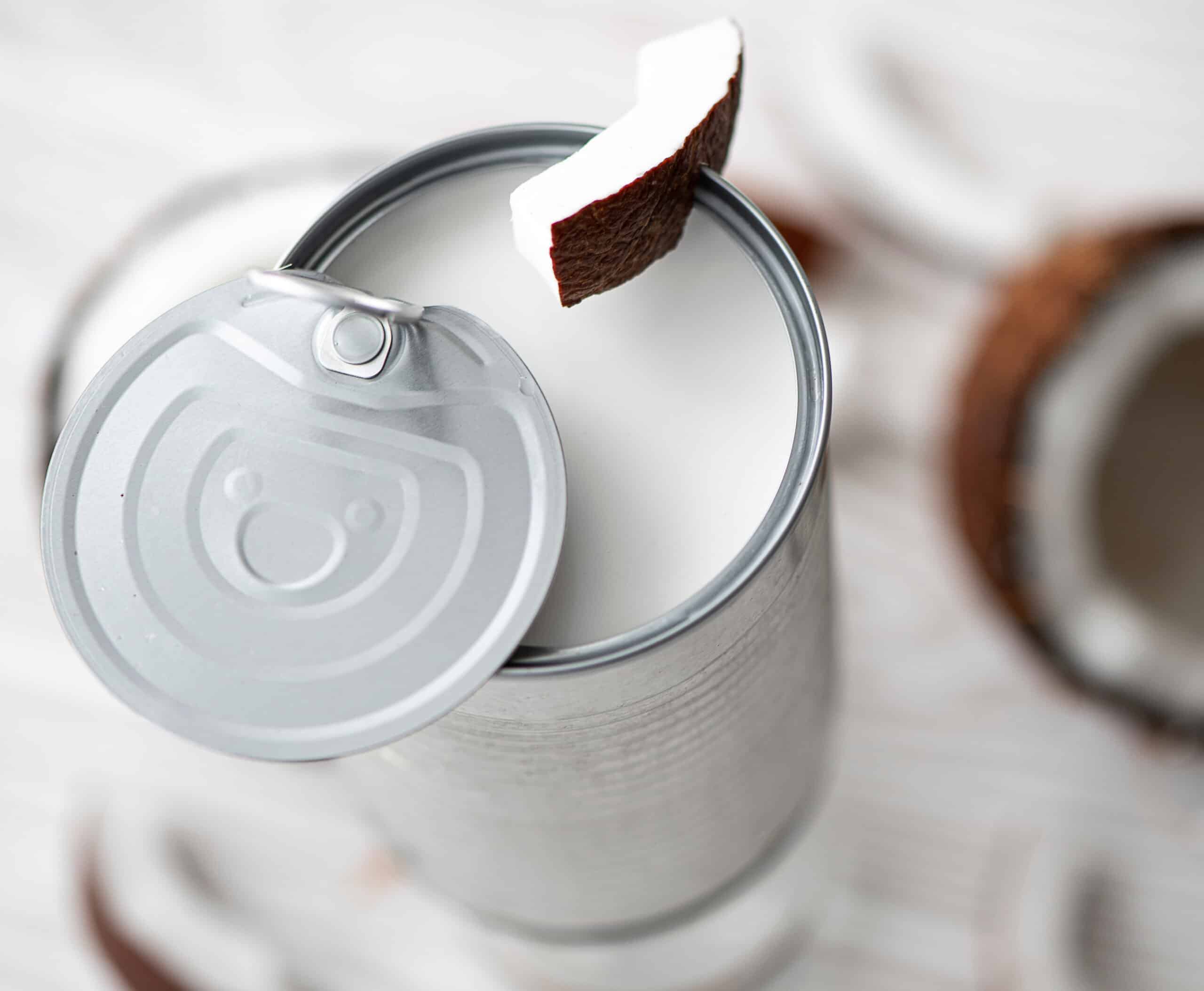
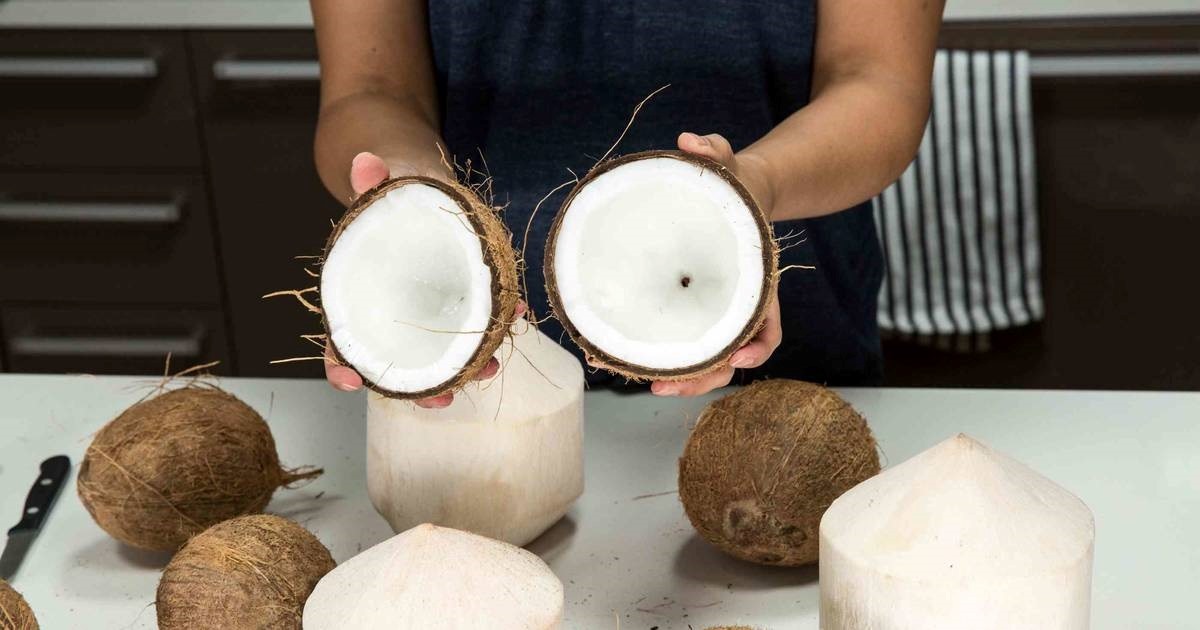
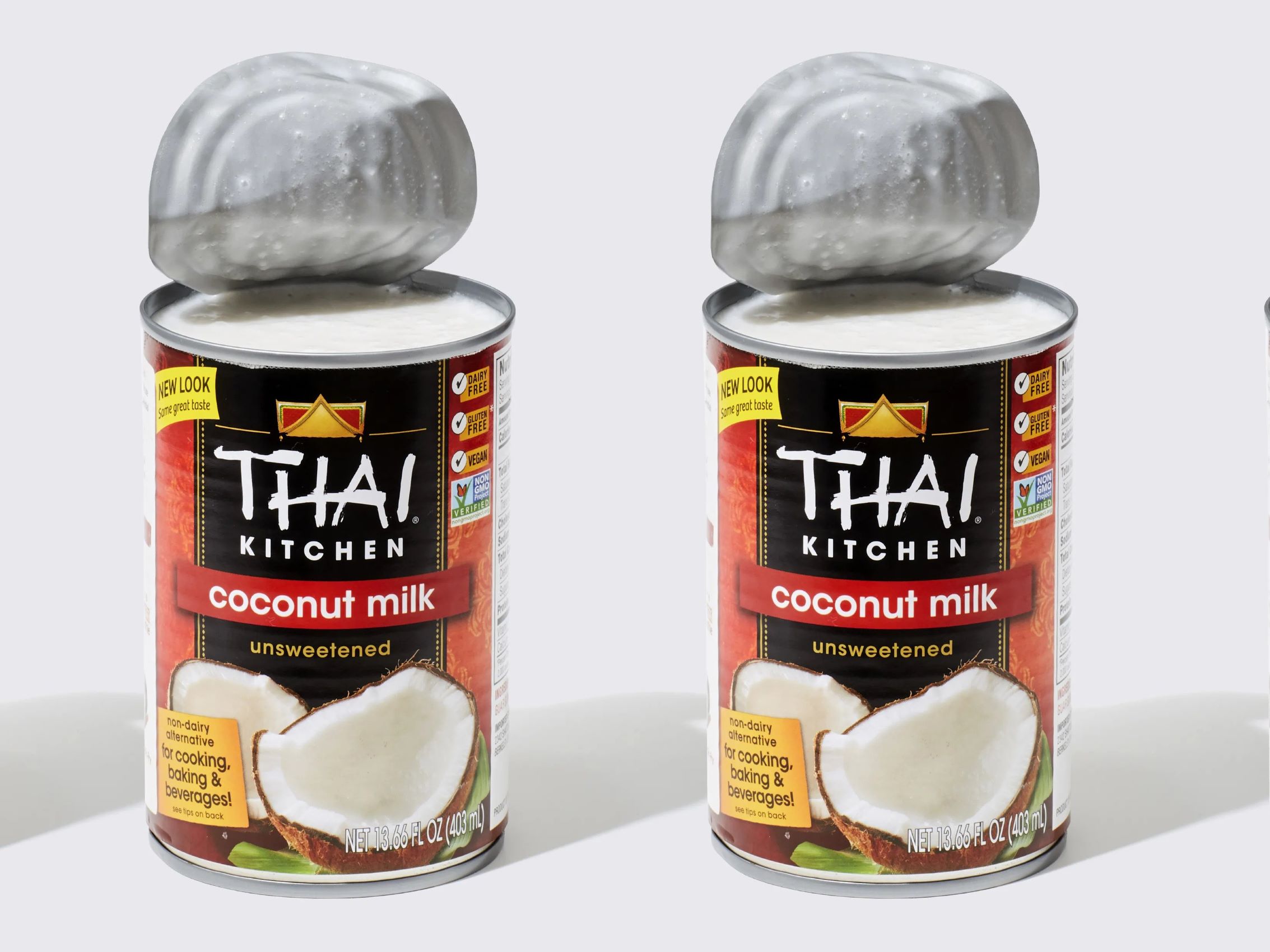
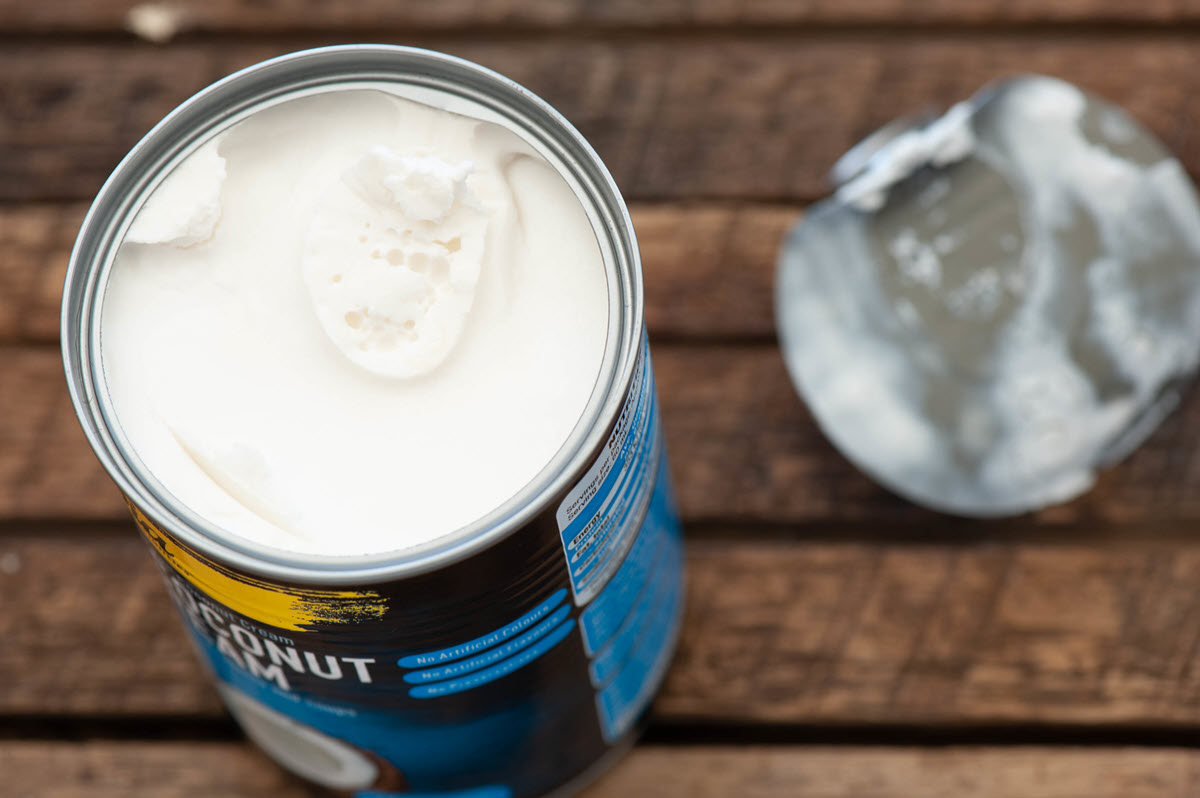


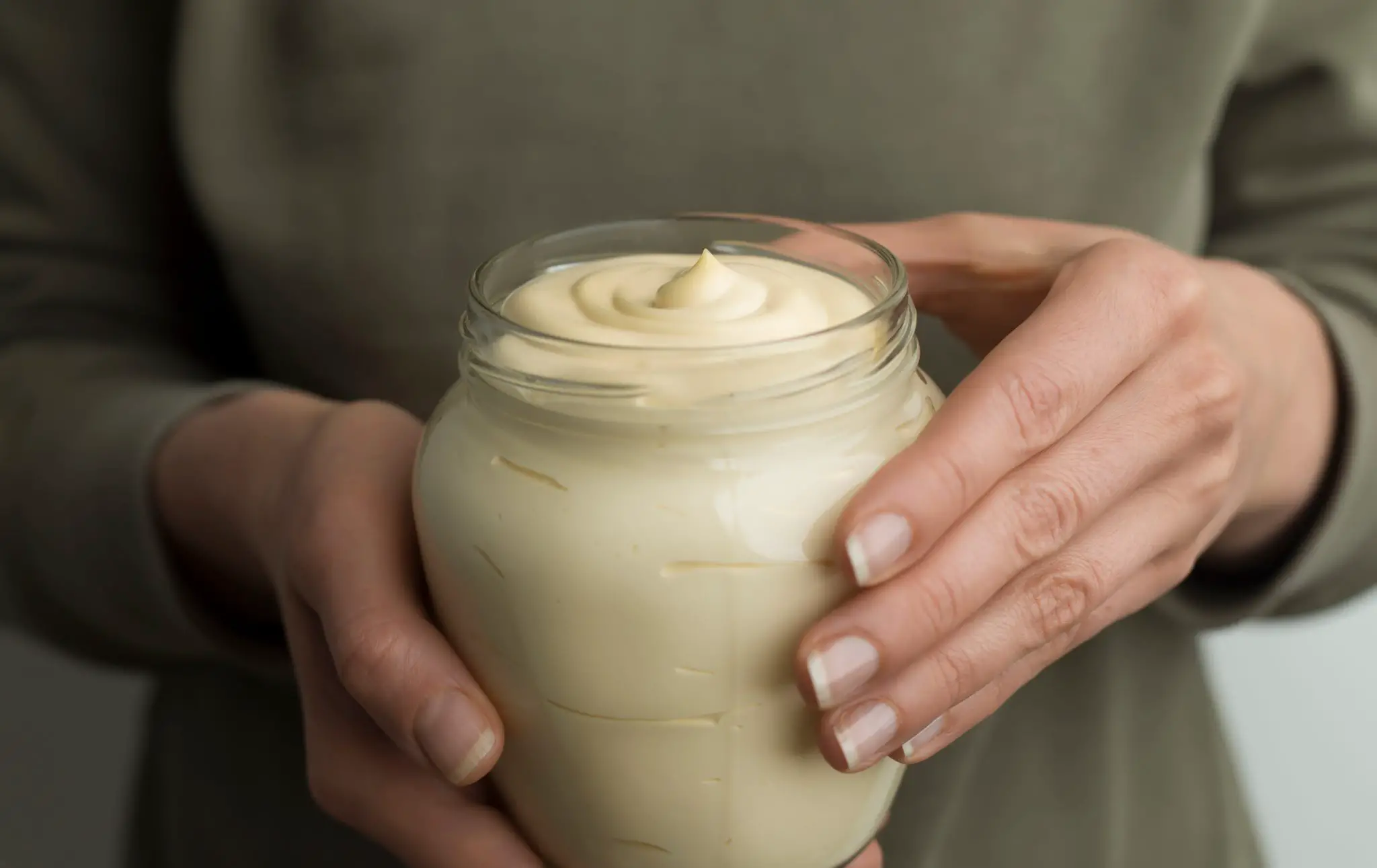
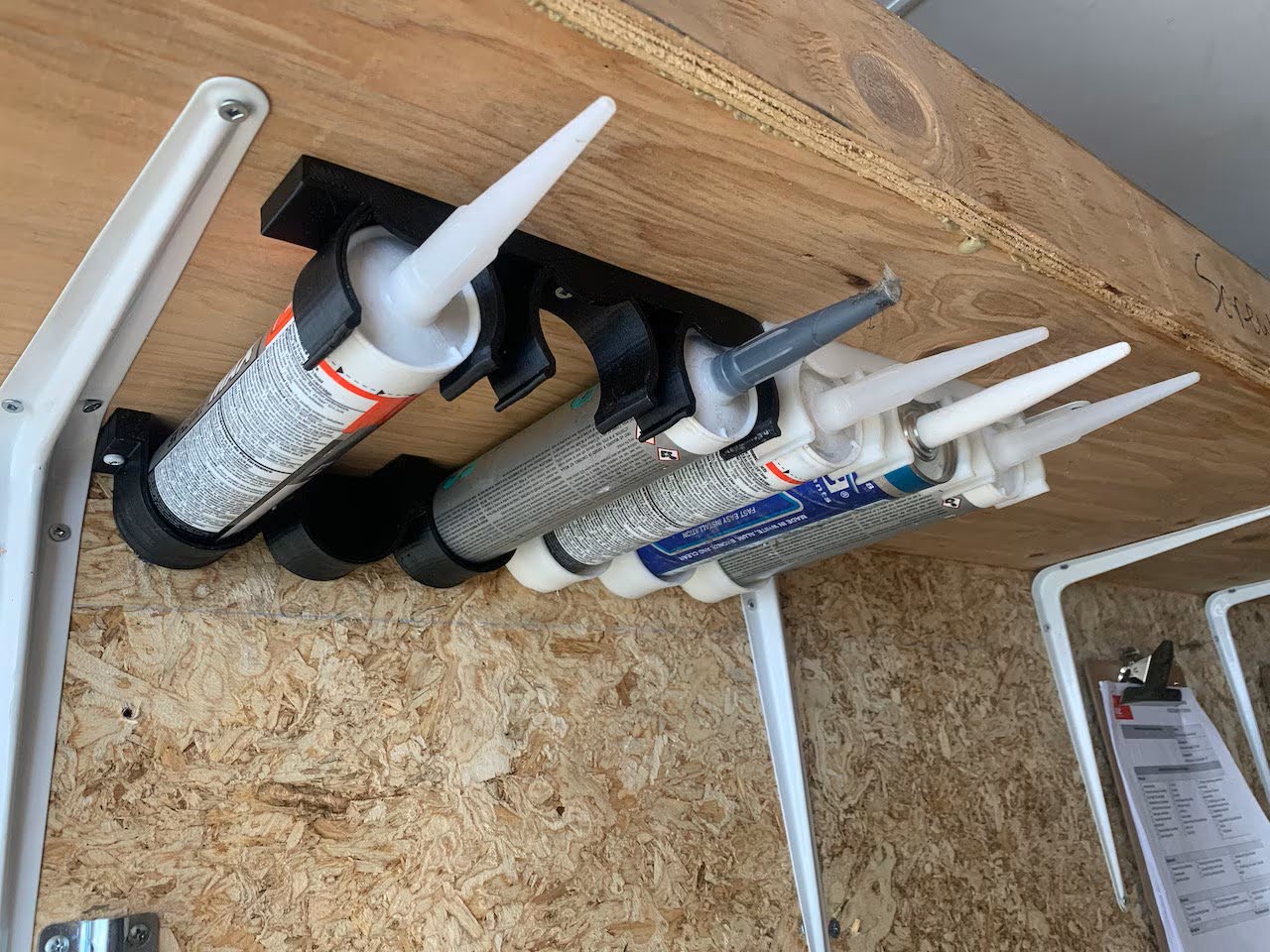



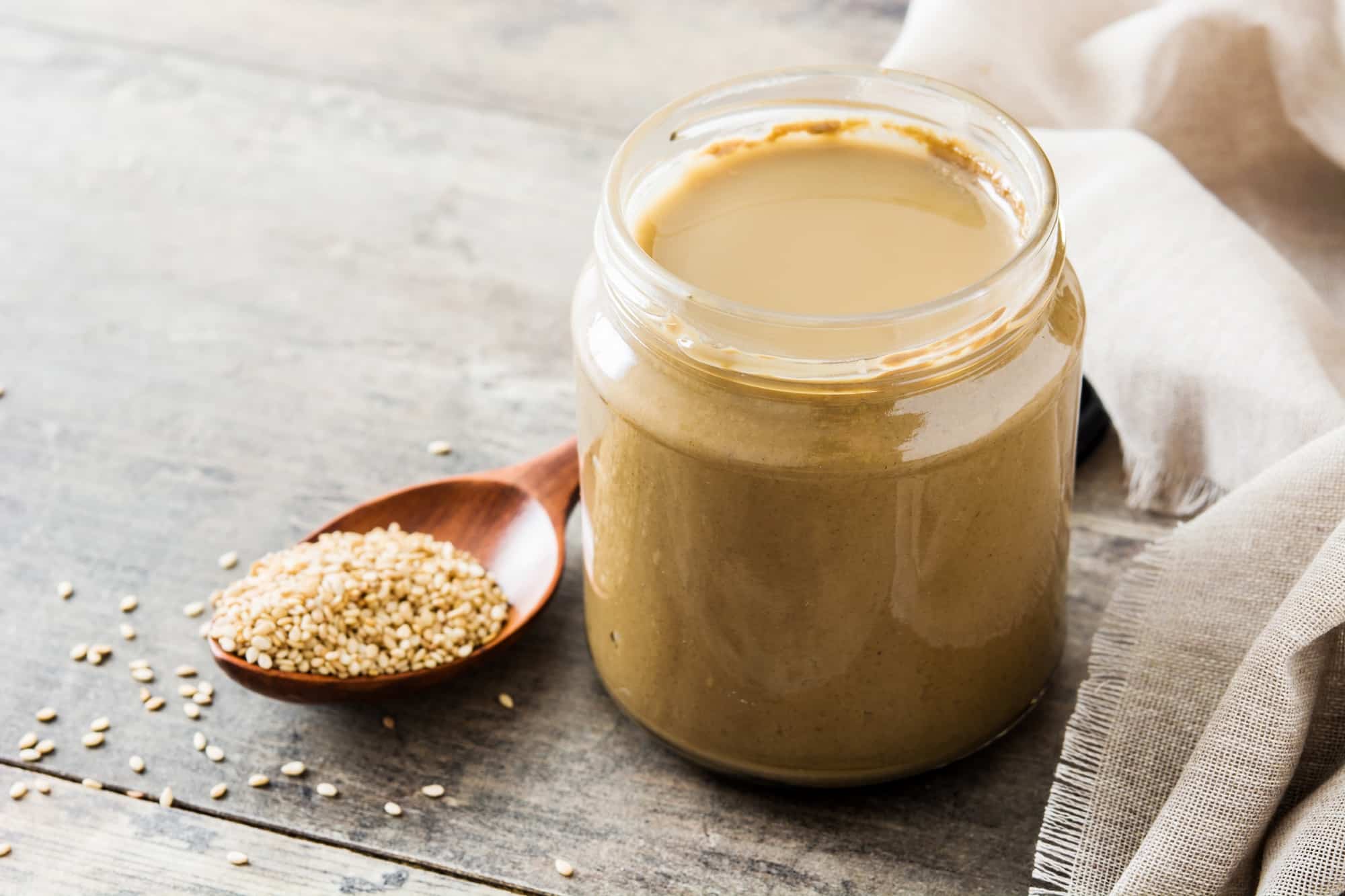


0 thoughts on “How To Store Coconut After Opening”